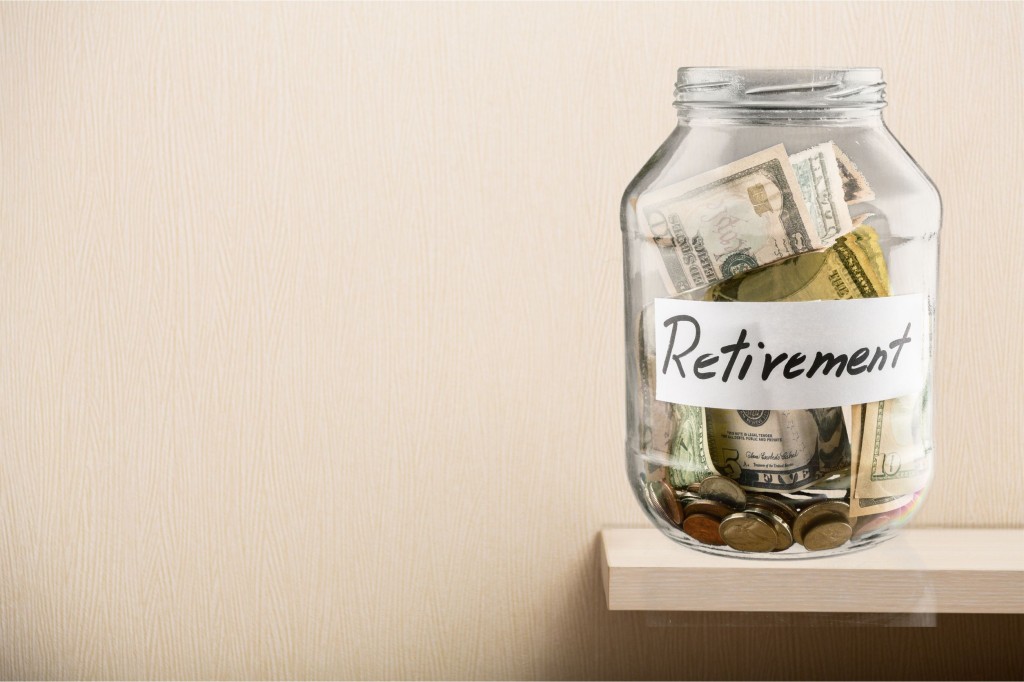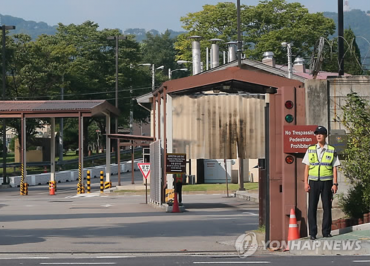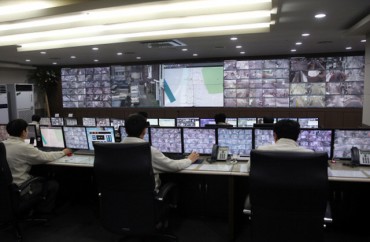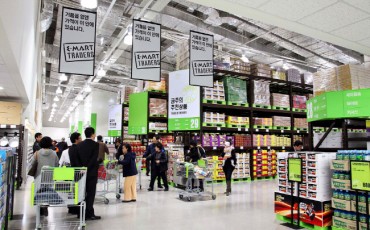
Further taking into consideration the rate of inflation, which fell between 0.7 percent and 4 percent in the past seven years (2010 – 2016), retirement plans can be a losing investment, they say. (image: KobizMedia/ Korea Bizwire)
SEOUL, Feb. 20 (Korea Bizwire) – Retirement plans are losing their credibility with below par rates of return.
According to official data from four official bodies representing institutions offering retirement plans – the Korea Federation of Banks, the Korea Life Insurance Association, the General Insurance Association of Korea, and the Korea Financial Investment Association – the average rate of return fell short of 2 percent in 2016.
The average rate for defined benefit plans, which accounts for 64 percent of all subscriptions, was 1.81 percent. It was the highest for property insurance companies at 2 percent, followed by life insurance companies (1.98 percent), securities firms (1.82 percent), and banking institutions (1.44).
On the other hand, defined contribution plans, representing 26 percent of all subscriptions, had a lower rate of return at 1.71 percent, again led by property insurance companies at 2.38 percent, and followed by life insurance companies (2.07 percent), banks (1.73 percent), and securities companies (0.77 percent).
Industry watchers note that the average rate of return for DB and DC subscribers falls in the mid 1-percent range at maximum, considering the 0.4-percent commission generally charged on retirement plans.
Further taking into consideration the rate of inflation, which fell between 0.7 percent and 4 percent in the past seven years (2010 – 2016), retirement plans can be a losing investment, they say. The seven-year rate of return for DB plans was between 3 and 4 percent.
Meanwhile, things are worse for local employees who are witnessing near-static annual wage increases.
Data from the Korea Employment Information Service indicated that the average wage increase in 2016 – for 10,738 private and public businesses – was 3.3 percent, which was the lowest number since the 2008 financial crisis (1.7 percent in 2009).
It was also the fourth-lowest figure since the statistics were first introduced in 1998, when a rate of -2.7 percent was recorded (following the 1997 financial crisis), and 1999 (2.1 percent).
Given South Korea’s disappointing economic growth rate, which has hovered in the mid-2 percent range over the past two years, the uncertainty surrounding the new Trump administration as well as the U.S. Federal interest rate hike, and the domestic political quandary, officials anticipate a further decline in the average wage increase rate this year.
By Joseph Shin (jss539@koreabizwire.com)






